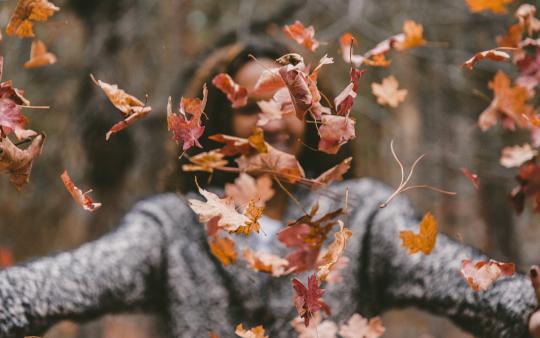As the weather changes, families begin to move indoor more often. Foraging is an excellent way to get outside, explore nature, and learn about plants and how they can add to your health. When you gather wild plants, it is essential to select the right plants as some are inedible. It is also important to choose plants that you know have not been sprayed with chemicals or are close to any sources of pollution.
A natural and sustainable source for healthy food
In the autumn, you can stock up on raspberry and blackberry leaves, mint, dandelion, plantain, pine needles, burdock root, sumacs, rose hips, sunflowers, elderberry, and more! These are fun and low-waste ways to get natural and healthy ingredients into your kitchen. Let’s take a look.
Berry leaves
Berry leaves such as blackberry, raspberry and strawberry still hold many useful properties even though the plants are no longer producing fruit. These leaves can be dried and used in teas throughout the winter. Strawberry leaves are rich in iron and vitamin C. Blackberry leaves have anti-inflammatory and immune-boosting benefits while raspberry leaves boast uterine health benefits.
Mint
Mint is a plant that grows wild once planted and spreads quickly. Gather fresh mint throughout the fall or dry some for the winter months. Mint is excellent for headaches, colds, fevers and upset stomachs.
Dandelions
Dandelions are often harvested in the spring as they have stored much of their minerals during the winter months. These hardy plants are still growing into the fall. All parts of this plant are edible with many health and skin benefits.
Plantain
Plantain is a favourite plant in my family. Used for healing the skin and treating colds, it is a very versatile plant and easy to find. Plantain can be used to make creams, or you can dry the leaves to use over the winter months.
Pine and fir needles
Pine and fir needles are full of vitamin C and have a lovely refreshing taste. Luckily, these evergreens can be harvested throughout the fall and winter months long after the other wild edibles are buried in snow.
Burdock root
Burdock root is best harvested in the fall of its first year. The root of a burdock plant with burrs growing will not have the same health benefits, as these plants only grow for two years before dying.
Rosehips
Rosehips are perfect to harvest in the fall and winter. Packed full of vitamin C and antioxidants, these amazing fruits have benefits for both diet and beauty.
Sunflowers
Sunflowers are so beautiful during the summer months, but when those heads start to bend low, these plants still have a lot to offer. The seeds of sunflowers can be easily harvested and eaten.
Elderberry
Elderberry may be on its way out by October, as it is best harvested from late July through September. But these fantastic berries are so helpful for boosting your immune system in the fall.
Mushrooms
Mushrooms are plentiful in the fall. However, when foraging for mushrooms, it is crucial to do this with an experienced forager who can tell you exactly which mushrooms are safe for eating.
Show us what will you be foraging this fall by tagging @ecoparent on social media!
You may also enjoy: The Bountiful Benefits of Edible Weeds, Create a Forage Garden in Your Own Backyard and Edible Schoolyards.






